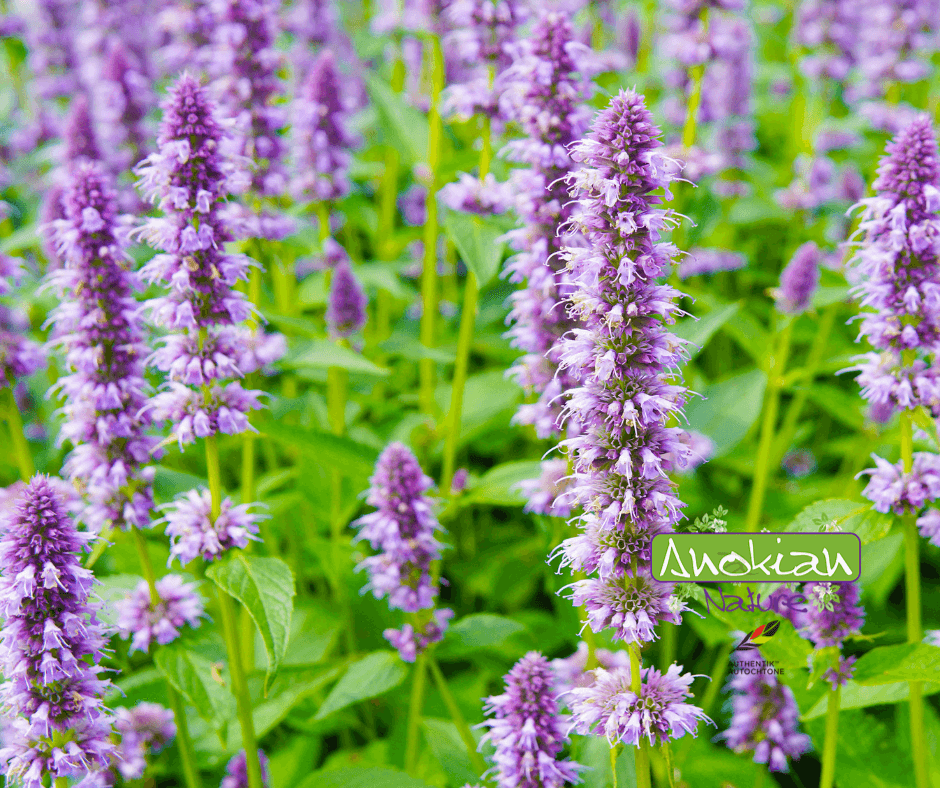Skip to product information










Seed | Agastache
$3.99 CAD
Quantity
Agastache seeds produce aromatic perennials prized by gardeners for their upright flower spikes and exceptional ability to attract pollinators.